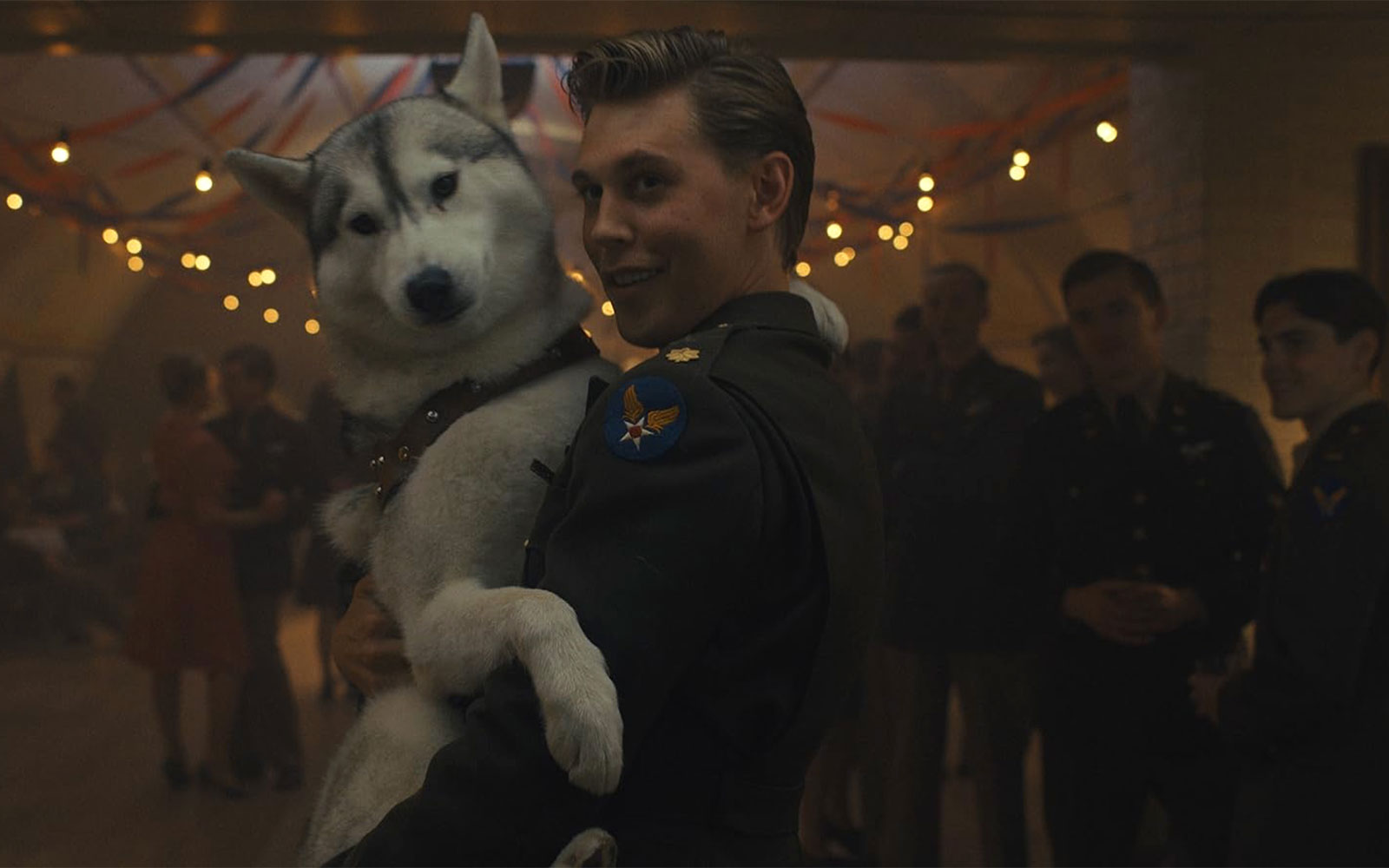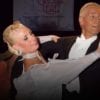I’ve been watching the new Apple TV+ series “Masters of the Air,” a spectacular production by Steven Spielberg and Tom Hanks about the WWII air war in the European theater.
Those who know me are aware that I used to love flying planes. I once had the opportunity to take the controls of the B-17G called “Nine O Nine” over the skies of Seattle. With that background, I have been following the 10-year development of this series from its origins. While it’s not quite as compelling as “Band of Brothers,” the show has been well worth the wait.
It’s a deeply emotional series highlighting the brave actions of young men flying hastily made contraptions into horrendous fields of flak explosions and swarming Luftwaffe fighters. Unlike the British bomber crews, the Americans flew daytime missions, making their job exponentially more dangerous. We see a constant awareness that many will not be returning from these missions. It was so dangerous in fact, that if a crew completed 25 missions, it was a milestone celebrated by allowing them to return home. The “Memphis Belle” was the first B-17 crew to live through 25 missions, leading to the well-known film about that experience.
Death seems almost inevitable, yet these brave men drone on to their destinations in impossibly cold temperatures, in open aircraft requiring oxygen to breathe, more than 30,000 feet above the ground, refusing to give in even when their air frame is shot to pieces and all seems lost.
In the fourth episode, there’s an extended scene showing the crews at a social event. Benny Goodman’s jazzy tune “In the Mood” is playing as couples exuberantly perform the Jive and Lindy Hop around the dance floor. The contrast of the breezy music and the somber reality of the setting is tangible. The scene gives great insight into the psychology of coping mechanisms in such conditions. Many of these vibrant young men won’t live to enjoy the next dance, yet the focus is not on this terrible reality, but on the expectation that everything is fine. And driving that positive energy are those lovely big band sounds. The music is light and uplifting and full of hope. Dancing to it is a celebration of life itself.
It was a great reminder for me that dance has always carried humanity through challenging times with its positive celebration of human connection.
During the great depression, while people struggled through conditions today’s generation can’t even imagine, people flocked to Fred Astaire and Ginger Rogers films like “Top Hat” and “Shall We Dance.” During the war years music was bright and cheerful, a sharp contrast to the reality of lives being lost every day. Even during the Vietnam and Korean wars, music and dance balanced those tumultous times with positive energy.
Dance, during such challenging periods, served as more than just rhythmic movement. It became a powerful way to cope with emotional turmoil. Here are some of the elements that made dance so compelling:
Escaping Reality: When people dance, and especially when they dance during difficult times, they momentarily escape the harsh realities of life. The physicality of dancing allows them to focus on their bodies, their vibrant physical capability, and each other. This provides a welcome break from worries and anxieties. Like the tunes of Benny Goodman and his orchestra, the American Standards tunes used for Foxtrot are a great testament to the feeling that “we are together today, this very moment, and there may not be a tomorrow.” This is characterized in the spirit of the dance itself.
Endorphin Release: Dancing acts as an analgesic, triggering the release of mood-enhancing endorphins in the brain. These natural chemicals help to alleviate emotional distress and provide a sense of relief that makes us feel better.
Social Connection: Whether in community dance classes or informal gatherings, dancing is one of the most natural forms of social interaction. Connecting with others through dance reduces feelings of loneliness and fosters a sense of belonging.
Expression and Release: Dance allows people to express their emotions through physical movement and energy. It became a channel for releasing emotion. As bodies move to the music, emotional burdens are automatically lightened.
Improving Self-Esteem: Mastering dance steps and routines boosts self-confidence and self-esteem. The sense of achievement provides a positive counterbalance to the difficulties faced during challenging times in life.
Memory and Cognitive Benefits: Learning choreography and remembering dance sequences engages the mind. This mental stimulation helps to keep minds sharp and active, even in the midst of adversity.
In essence, dance becomes more than mere entertainment. When the world has gone through turmoil, dance has acted as a refuge, a healing art, and a way to navigate the emotional storms of difficult eras.
Watch my B-17 flight:
Here’s a brief film of the time that I was able to fly the B-17 in Seattle. This was filmed some 20 years ago, before the advent of modern high quality smart phone cameras. I take the controls at the 4-minute mark. Tragically, the “Nine O Nine” went down with the loss of seven lives in 2019 after multiple engine failures.











